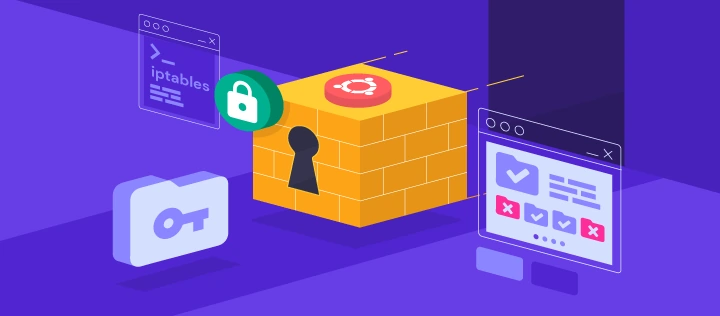React useEffect Hook Easy Guide
Introduction to the React useEffect Hook
The useEffect hook is one of the most powerful and commonly used hooks in React. It allows you to perform side effects in functional components, such as fetching data, subscribing to events, or manually changing the DOM. In this guide, we’ll dive deep into how to use useEffect effectively, covering everything from basic usage to advanced techniques like handling async operations and cleanup.
What is the useEffect Hook?
The useEffect hook is a function that lets you perform side effects in your functional components. It combines the functionality of componentDidMount, componentDidUpdate, and componentWillUnmount lifecycle methods from class components into a single API.
Basic Syntax
import React, { useEffect } from 'react';
function MyComponent() {
useEffect(() => {
// Side effect logic here
}, [dependencies]);
}
The useEffect hook takes two arguments:
- A function that contains the side effect logic.
- An optional array of dependencies that determine when the effect should run.
Fetching Data with useEffect
One of the most common use cases for useEffect is fetching data from an API. Here’s how you can do it:
import React, { useState, useEffect } from 'react';
function DataFetchingComponent() {
const [data, setData] = useState([]);
useEffect(() => {
fetch('https://api.example.com/data')
.then(response => response.json())
.then(data => setData(data));
}, []); // Empty array means this runs once on mount
return (
<ul>
{data.map(item => (
<li key={item.id}>{item.name}</li>
))}
</ul>
);
}
Handling Async Operations
When dealing with async operations inside useEffect, you can use an async function:
useEffect(() => {
const fetchData = async () => {
const response = await fetch('https://api.example.com/data');
const data = await response.json();
setData(data);
};
fetchData();
}, []);
Cleanup in useEffect
Sometimes, your effect might set up a subscription or a timer that needs to be cleaned up when the component unmounts or before the effect runs again. You can return a cleanup function from useEffect:
useEffect(() => {
const timer = setInterval(() => {
console.log('This will run every second!');
}, 1000);
return () => {
clearInterval(timer);
};
}, []);
Common Pitfalls and Best Practices
- Dependency Array: Always be mindful of the dependency array. Omitting it can lead to infinite loops, while incorrect dependencies can cause unexpected behavior.
- Cleanup: Always clean up subscriptions, timers, or any other resources to avoid memory leaks.
- Multiple Effects: You can use multiple
useEffecthooks in a single component to separate concerns.
Advanced Usage
Conditional Effects
You can conditionally run effects based on state or props:
useEffect(() => {
if (shouldFetchData) {
fetchData();
}
}, [shouldFetchData]);
Combining with Other Hooks
useEffect can be combined with other hooks like useContext or useReducer to manage more complex state logic.
FAQs
What is the purpose of the dependency array in useEffect?
The dependency array controls when the effect runs. If the array is empty, the effect runs only once after the initial render. If it contains values, the effect runs whenever those values change.
Can I use async functions directly in useEffect?
No, you cannot use an async function directly in useEffect. Instead, define an async function inside the effect and call it.
How do I clean up effects in useEffect?
You can return a cleanup function from the effect. This function will be called when the component unmounts or before the effect runs again.
Can I use multiple useEffect hooks in a single component?
Yes, you can use multiple useEffect hooks to separate different concerns and side effects.
Reading Further
- React Design Patterns
- useTransition Hook in React
- useDeferredValue Hook in React
- useSyncExternalStore Hook in React
- React useCallback Hook
- React useMemo vs Memo
Conclusion
The useEffect hook is an essential tool in the React developer’s toolkit. By understanding its nuances and best practices, you can manage side effects in your functional components more effectively. Whether you’re fetching data, handling async operations, or cleaning up resources, useEffect provides a powerful and flexible API to get the job done.
Happy coding!
Latest blog posts
Explore the world of programming and cybersecurity through our curated collection of blog posts. From cutting-edge coding trends to the latest cyber threats and defense strategies, we've got you covered.

